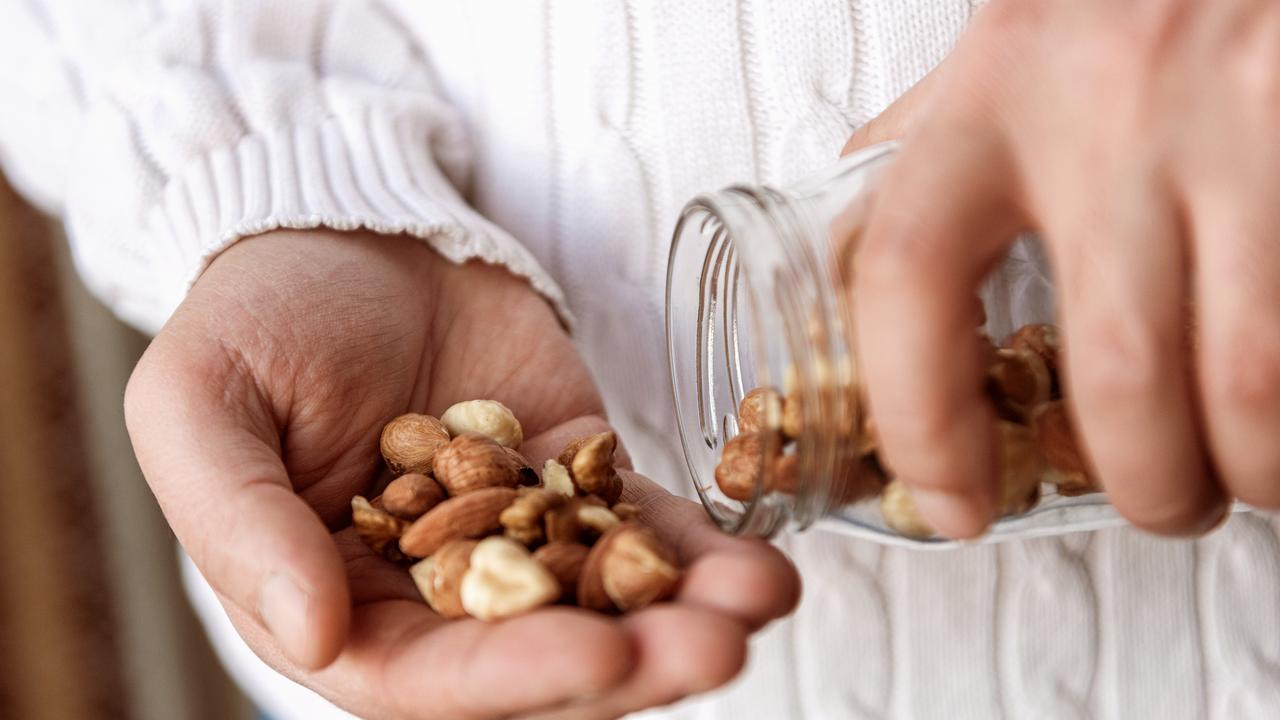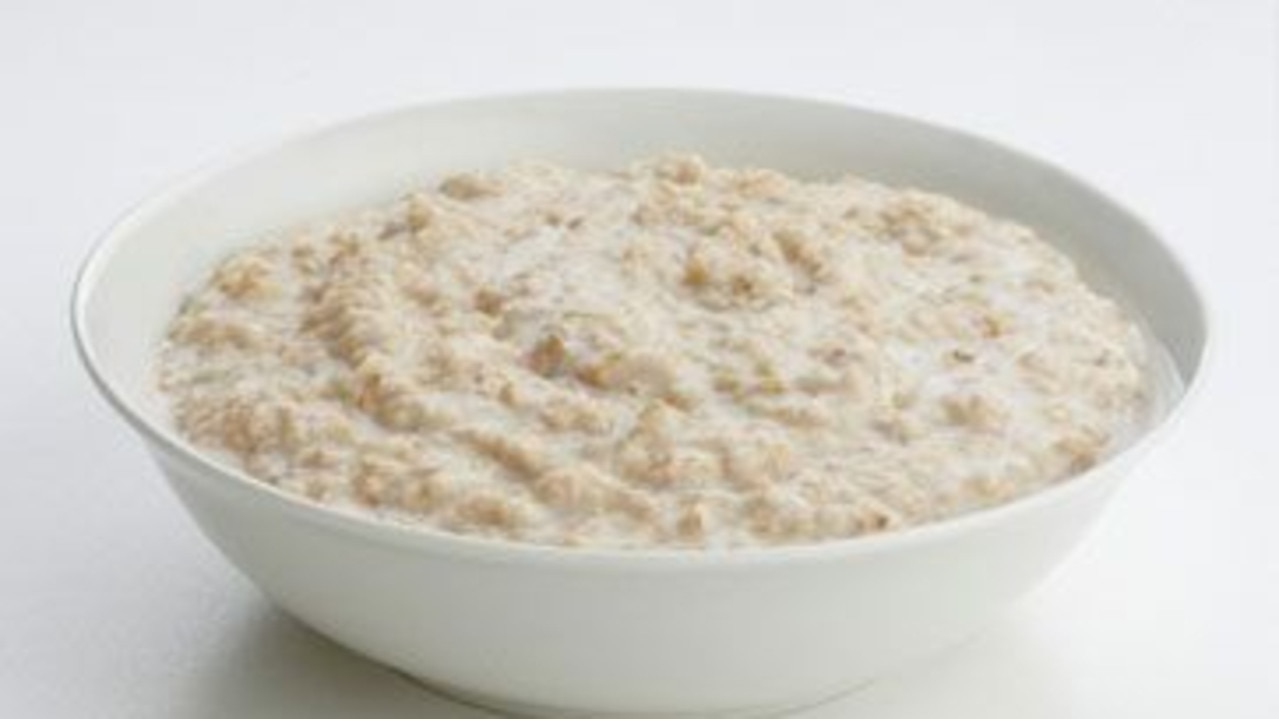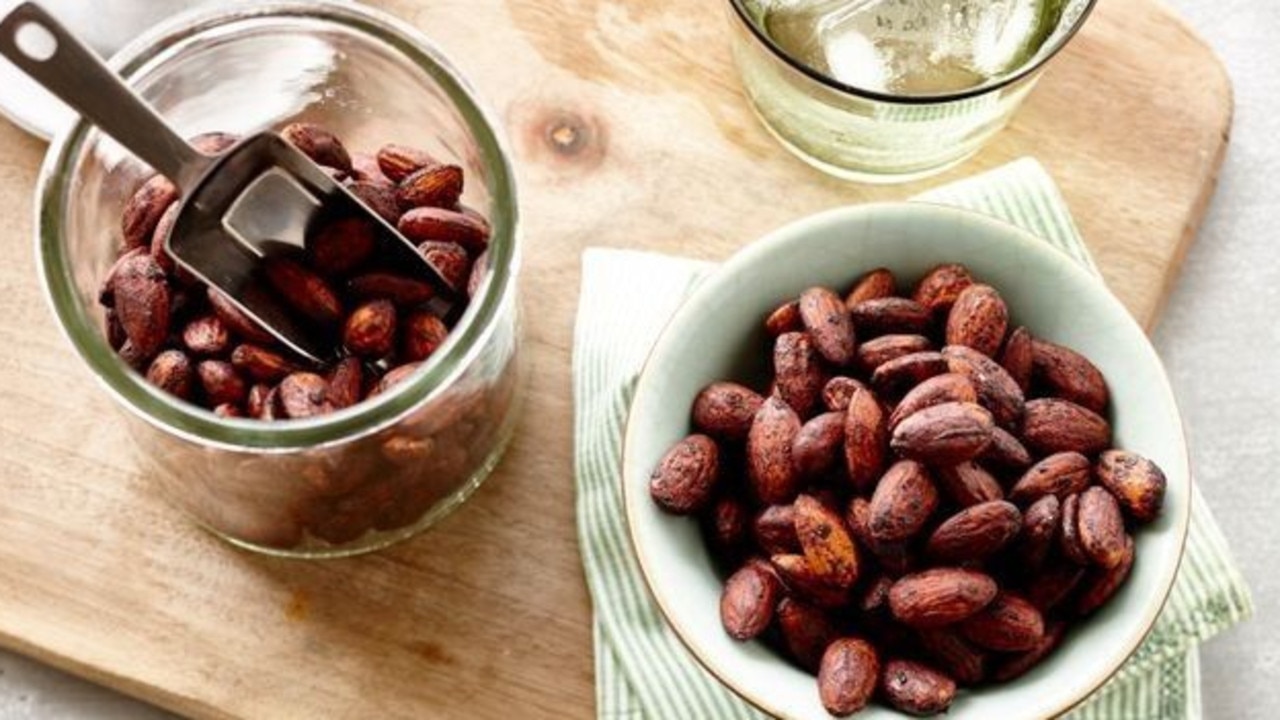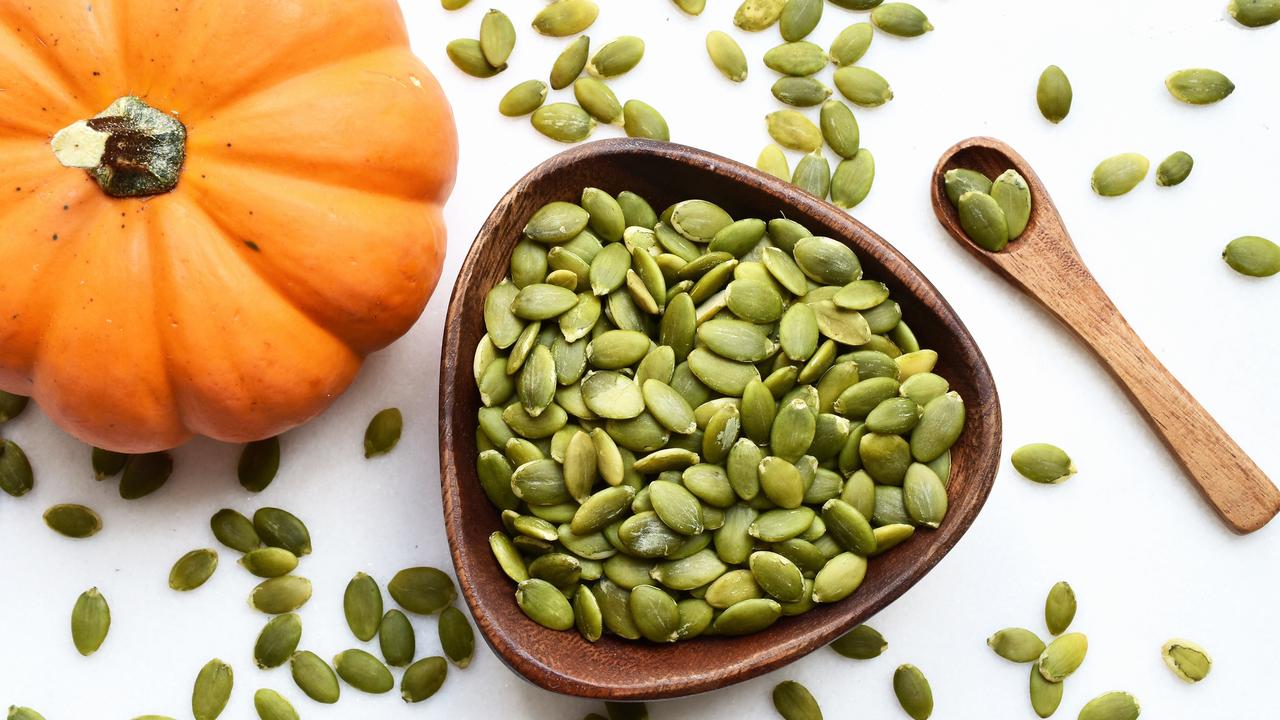The brain-boosting health benefits of eating nuts and seeds
Researchers are going nuts over the health benefits of these crunchy snacks, which have been found to improve concentration and memory while warding off several serious diseases

READING LEVEL: GREEN
Need a brain boost? New research from the University of Reading suggests one way to improve your mental ability is to add a handful of walnuts to your breakfast bowl.
Professor Claire Williams, the professor of neuroscience* who led the study, found that eating 50g of walnuts mixed into muesli and yoghurt improved the cognitive* power of healthy young folk better than a calorie-matched breakfast without the nuts.
Reporting her findings in Food and Function journal, Prof Williams described how brain scans showed that walnuts seem to help the brain work more efficiently during challenging mental tasks. Blood samples conducted as part of the study also revealed positive changes in levels of glucose* and fatty acid levels, factors that also improve brain function.
“A handful of walnuts with breakfast could give young adults a mental edge when they need to perform at the top of their game,” Prof Williams said. “It’s particularly exciting that such a simple dietary addition could make a measurable difference to cognitive performance.”

It’s not the first time that nuts and seeds have been linked to improved health. Norwegian scientists reporting in Advances in Nutrition in 2022 showed eating a handful of nuts and seeds a day had a range of positive health outcomes, including a lower risk of heart disease, cancer and other diseases. Packed with vitamin E and valuable minerals, not to mention good fats, protein and dietary fibre, they are good for the brain, digestive system and cardiovascular* health.
“Regular nut and seed consumption* is also linked to better weight management, and reduced risk of chronic diseases such as type 2 diabetes,” registered nutritionist Eli Brecher said.

Rhiannon Lambert, a registered nutritionist and author of The Science of Plant-Based Nutrition, said it’s important to avoid the heavily coated or sweetened varieties of nuts and seeds.
“Incorporating* nuts and seeds daily is a simple yet impactful way to support overall health and longevity*,” Ms Lambert said. “With many nuts and seeds having specific proven benefits for health, it is best to get as wide a variety of them in your diet as you can.”
Here are some of the health benefits of eating nuts and seeds.
PISTACHIOS BOOST EYE HEALTH
A 2023 study from Cornell University in the journal Nutrients reported that pistachios are packed with antioxidants*. In fact, they have even more of the disease-fighting nutrients than the superfoods blueberries, pomegranates, cherries and beetroot.

“We believe this high antioxidant activity might be due to unique compounds in pistachios including vitamin E, carotenoids, phenolics and flavonoids,” said Professor Rui Hai Liu, professor of food sciences at Cornell and lead author of the paper.
Among the antioxidants they contain are lutein and zeaxanthin, which are very good for eye health.
ALMONDS ARE GOOD FOR SKIN PROTECTION
Almonds are a rich source of vitamin E, which is important for healthy skin and eyes and to protect cells from oxidative damage*. “Regular almond consumption has been shown in a dermatology* study at the University of California to help support the skin’s resistance* to sunburn, potentially enhancing the skin’s natural defence against UVB rays,” Ms Lambert said.

Almonds are also a great gut booster. In a trial at King’s College London (KCL) involving 87 adults, all of whom ate too little fibre and snacked on processed foods before the study, researchers asked some of the participants to swap regular snacks for 56g of whole unsalted almonds while a control group* ate a calorie-matched muffin each day for four weeks. The results, published in the American Journal of Clinical Nutrition, showed that all of the almond eaters had higher levels of butyrate, a short-chain fatty acid that is known to improve gut health.

BRAZIL NUTS REDUCE INFLAMMATION
Brazil nuts are one of the best sources of selenium, a mineral that is important for brain health. They also contain ellagic acid, which is also important for brain health. A study published in Neurochemical Research also showed that older adults who ate one Brazil nut a day had stronger thinking abilities after six months.
PUMPKIN SEEDS HELP TO BOOST MOOD
Snack on pumpkin seeds and you could find your mood improves. The seeds contain tryptophan, an amino acid used in the production of the neurotransmitter* serotonin, which is important for mood control, as well as bioactive plant compounds that act as antidepressants, making us feel happy naturally. Pharmacologists* from the University of Karachi in Pakistan showed that pumpkin seeds might help to reduce symptoms of anxiety and depression for some people.

HAZELNUTS PROTECT AGAINST CELL DAMAGE
“Hazelnuts are particularly rich in folate, a B vitamin important for DNA synthesis* and brain health,” Ms Brecher says. “Their high content of mono-unsaturated fats* also contributes to reducing inflammation* in the body.” A rich source of antioxidants, they also protect against cell damage.
There are also a range of nuts and seeds that can help fight off diseases as we age. Eating chia seeds have been found to lower blood pressure while cashews can help to control blood sugar levels. Macadamia nuts, sunflower seeds and pecans can all help manage weight while eating peanuts can help to ward off dementia*.
POLL
GLOSSARY
- neuroscience: science that studies the nervous system and the brain
- cognitive: the mental process involved in learning and knowning things
- glucose: sugar
- cardiovascular: heart and blood vessels
- consumption: eating
- incorporating: including
- longevity: living for a long time
- antioxidants: molecules that help the body fight off disease-causing free radicals
- oxidative damage: when you don’t get enough antioxidants and there are more free radicals it can lead to diseases like cancer
- dermatology: study of the skin
- resistance: ability to withstand
- control group: a group in a scientific study that doesn’t receive the treatment or substance being tested for so researchers can compare results accurately
- neurotransmitter: molecules used by the nervous system to transmit messages between neurons
- pharmacologists: scientists that study drugs and their effects on the body
- DNA synthesis: the process where a cell creates an exact copy of its DNA, its genetic blueprint
- mono-unsaturated fats: good or healthy fats, the type that stay liquid at room temperature like Olive Oil
- inflammation: when part of the body become swollen and painful
- dementia: a group of brain disorders that affect memory and cognitive function
EXTRA READING
Your NAPLAN superpower is sleep
Is your suburb a health hotspot?
Harold loves to lunchbox swap
QUICK QUIZ
1. What are walnuts good for?
2. How do almonds help your skin?
3. In what way can pumpkin seeds boost your mood?
4. What type of nuts and seeds should you avoid?
5. Which nuts are high in antioxidants?
LISTEN TO THIS STORY
CLASSROOM ACTIVITIES
1. Spread the word about nuts
Identify a target audience that you think needs informing and persuading about the health benefits of eating nuts. (e.g. small children; university students; the elderly; etc.) Design a print advertisement or write a jingle about nuts, with your target audience in mind.
Time: allow 30 minutes to complete this activity
Curriculum Links: English; The Arts
2. Extension
Choose one of the types of nuts mentioned in the news story. Create a ‘mascot’ character to promote this nut. Give your character a name, appearance and personality traits that communicate the benefits of that type of nut.
Time: allow 30 minutes to complete this activity
Curriculum Links: English; The Arts
VCOP ACTIVITY
Read this!
A headline on an article – or a title on your text – should capture the attention of the audience, telling them to read this now. So choosing the perfect words for a headline or title is very important.
Create three new headlines for the events that took place in this article. Remember, what you write and how you write it will set the pace for the whole text, so make sure it matches.
Read out your headlines to a partner and discuss what the article will be about based on the headline you created. Discuss the tone and mood you set in just your few, short words. Does it do the article justice? Will it capture the audience’s attention the way you hoped? Would you want to read more?
Consider how a headline or title is similar to using short, sharp sentences throughout your text. They can be just as important as complex ones. Go through the last text you wrote and highlight any short, sharp sentences that capture the audience.

